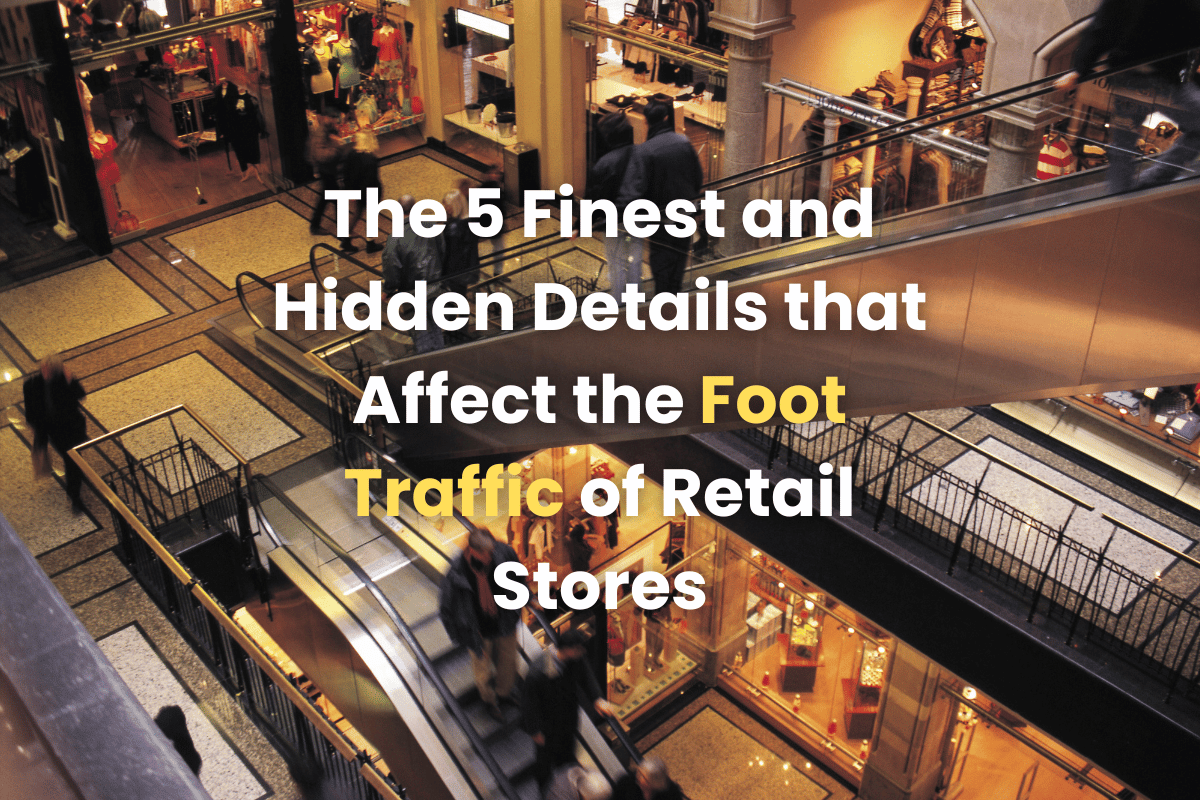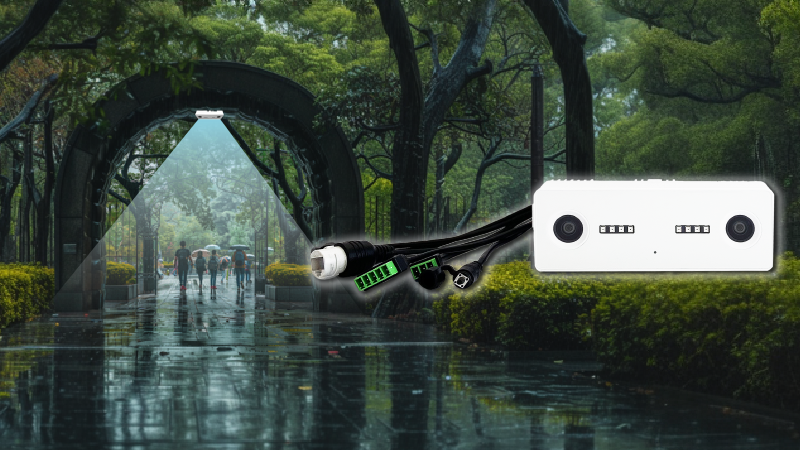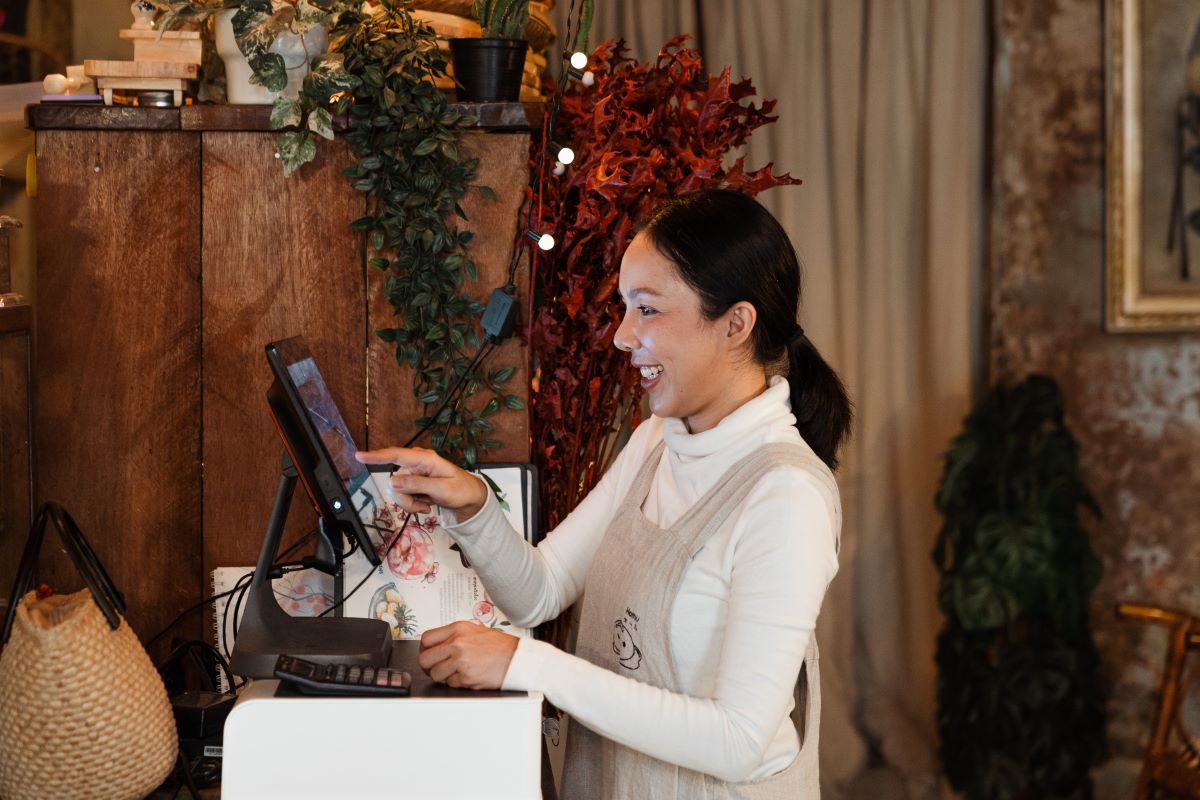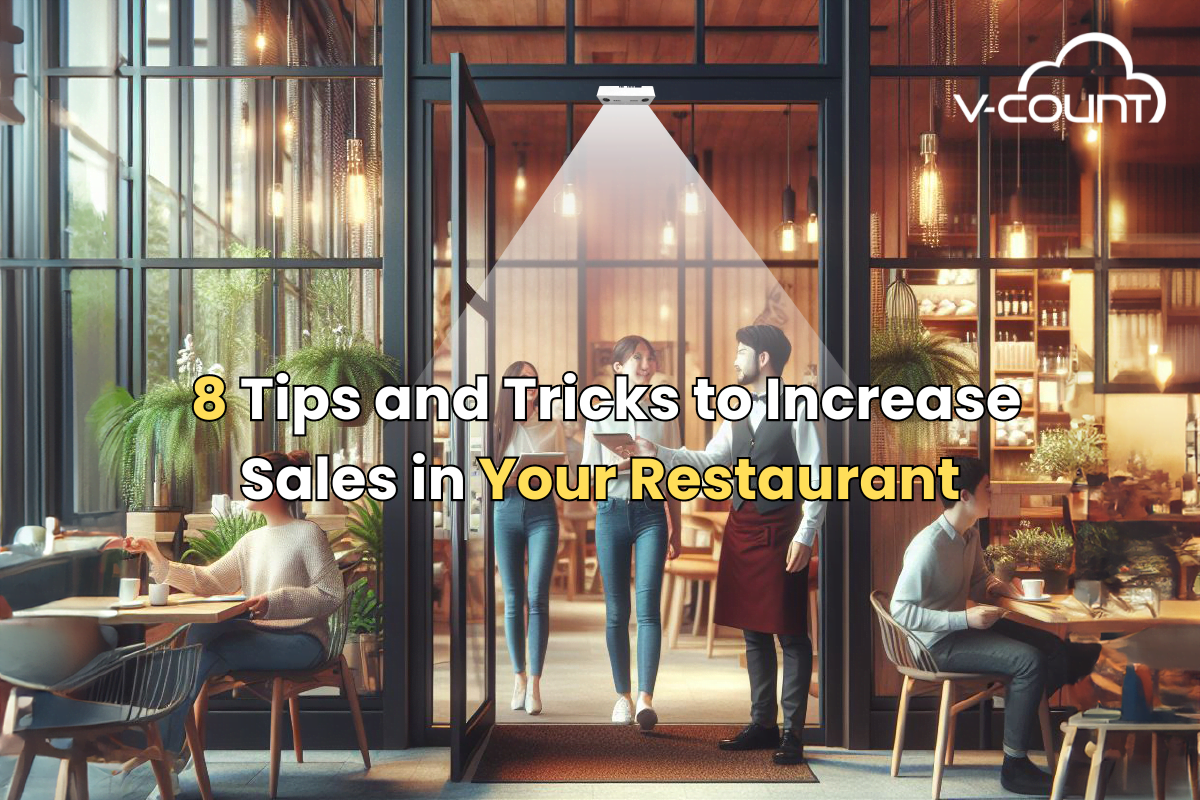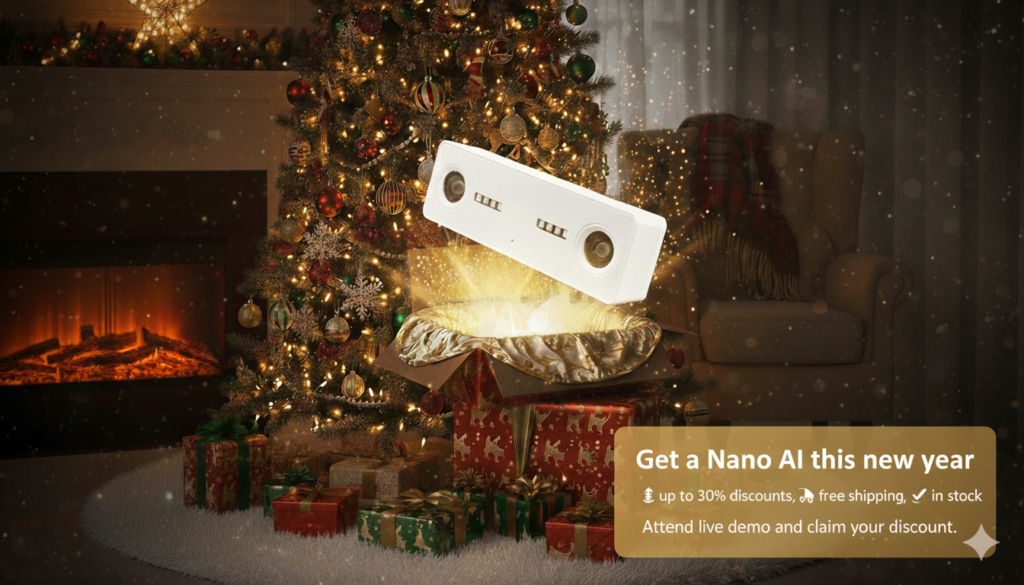Boosting foot traffic is a crucial challenge for all business owners, particularly in highly competitive sectors like retail. For decades, businesses with physical spaces have employed numerous strategies, from operational to strategic, to increase foot traffic. While many of these methods yield short-term results, they often lack long-term effectiveness.
Key strategies include selecting an optimal store location, broadening product variety, and implementing pricing strategies. While these approaches are generally effective, there are subtler, frequently overlooked factors that can significantly influence customer footfall. These seemingly minor details can have a greater effect than anticipated.
In this article, we will explore five less obvious strategies to increase foot traffic in your retail store and discuss how to incorporate them into your business. We believe these methods will effectively enhance your store’s foot traffic swiftly and easily!
Table of Contents
1 – Store Layout Affects Foot Traffic
You should remember that the layout of your store is not just an aesthetic choice; it is also a strategic one. A well-thought-out floor plan not only improves the experience of customers coming into your business, but also encourages them to explore more areas of the store.
In addition to this, well-designed stores are more spacious and comfortable for customers to walk around. This will increase the dwell time in your store. It is important to remember that the higher the dwell time, the more likely customers are to shop.
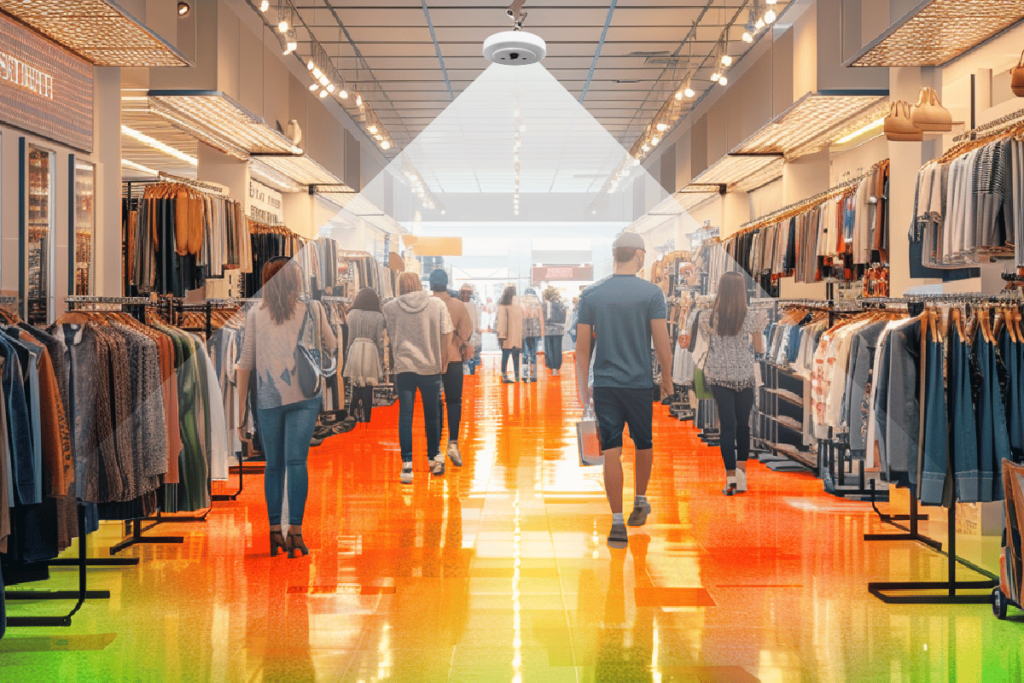
However, it is equally important to make sure that the aisles in the store are wide enough to make it easy for customers to navigate. A cramped store environment can discourage customers from entering the store, or even if they do enter, they may not stay in the store for long. For this reason, you should avoid any kind of order and clutter that can hinder easy movement and give the impression of chaos.
Creating a good store layout will not only increase browsing times but also increase foot traffic to your store. Using people counting systems to optimize store layout will put you one step ahead of your competitors.
Sensors like Ultima Prime, V-Count’s sophisticated and premium people counting sensor, can easily put heatmaps and zone analytics data in front of you so you can start optimizing your store layout. This data-driven insights will allow you to discover the most popular areas of your store and which products are most in demand.
2- Light and Ambiance
Lighting and ambiance are often overlooked, yet they are crucial elements in the retail sector. They can increase foot traffic by creating an inviting atmosphere that highlights your products, creates a warm ambiance, and positively influences customers’ purchasing decisions.
It’s beneficial to use as much natural light as possible to make your store more inviting. By strategically placing and lighting products you want to highlight, you can increase foot traffic.
Despite the known benefits of proper lighting, many business owners neglect it, fearing additional costs. However, new generation people-counting systems like Nano, which measure real-time occupancy rates, can help manage these costs.
With instant occupancy rate data and past data analysis, you can adjust the lighting in high-traffic areas of your store and minimize costs by dimming lights in areas with low foot traffic.
3 – Sensory Marketing
The primary aim of marketing for retailers is to enhance foot traffic to their businesses, which indirectly boosts sales and conversion rates. While traditional brands often use conventional methods, the rising prominence of social media signals a gradual shift towards digital channels. However, businesses with physical locations, such as retail stores, can utilize various methods beyond digital marketing, one of the most significant being sensory marketing.
For instance, you can curate store playlists that align with your brand and appeal to your target audience. Soft, pleasant music not only enriches the shopping experience but can also attract foot traffic through sounds heard from outside.
Avoiding strong odors that could deter customers will benefit your store in the long term. It’s essential to remember that shopping involves more than simply entering a store and making a purchase. Selling a product to customers who feel uncomfortable in your store can be challenging.
Furthermore, allowing customers to touch and trial products wherever possible is beneficial. Interactive displays will not only stimulate curiosity, thereby increasing foot traffic, but also boost your conversion rates through purchases made as a result of the experience.
4 – Qualified Staff
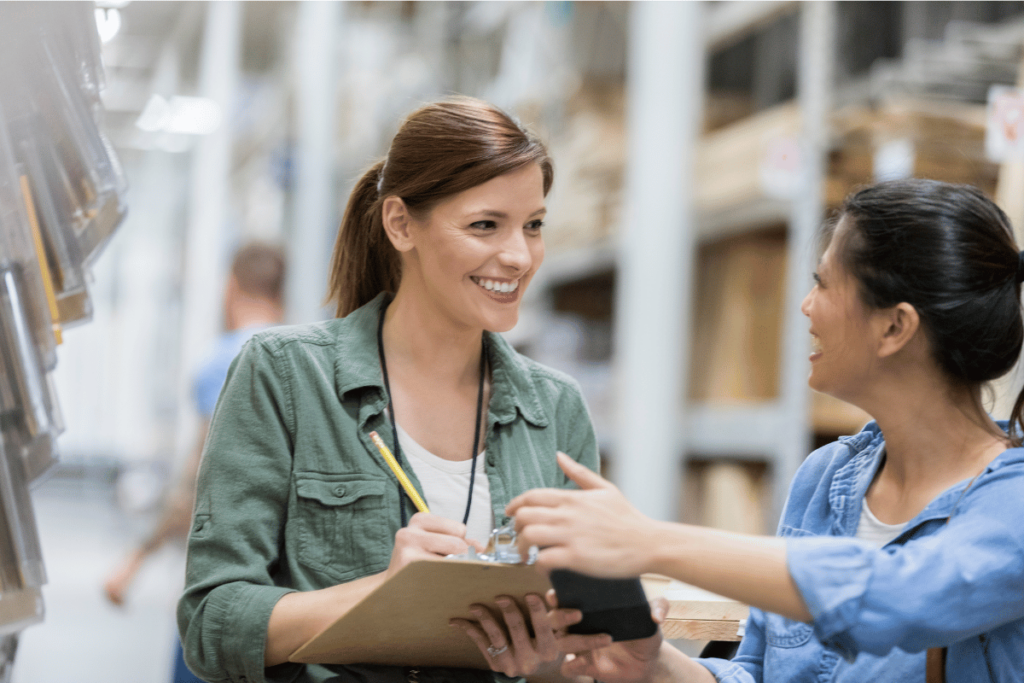
Your staff are not just employees, they are also the face of your store. They are customers’ first point of contact with your business and therefore play a crucial, indispensable role in shaping the overall customer experience. Customers form their impression of your organization through their interactions and service. As a result, investing in proper training for your staff and keeping them engaged not only improves their skills, but also increases their capacity to deliver exceptional service. This, in turn, leads to a significant increase in foot traffic to your store and a notable boost in sales. It is therefore crucial to recognize the critical role your staff play and ensure that they are well equipped to represent your store.
Provide a training process for staff that emphasizes the importance of greeting customers warmly when they enter the store. Staff should be trained to offer assistance in a way that is helpful but not intrusive. It is important to remember that a friendly greeting creates a positive environment and makes customers feel valued and appreciated, which can encourage them to spend more time in the store.
However, make sure that the staff is extremely knowledgeable about the products the store offers. They should be able to make useful suggestions based on customers’ needs or preferences. This level of expertise builds trust with customers, improves the overall shopping experience and can lead to increased sales.
Also encourage a culture among staff that values personalization of customer interactions. Encourage them to remember the preferences of regular customers and offer recommendations tailored to individual tastes. This personal touch can significantly increase customer loyalty and satisfaction and make each customer feel truly unique and valued.
It is also important to remember that your staff are human beings too. If they are unhappy and unmotivated, or if they have to work long hours non-stop, no matter what you do, you will not get enough out of them. To prevent this, you should not ignore the benefits of people counting sensors.
For example, with head count sensors, you can identify the busiest times and days of your store and thus adjust the working hours of your store employees more effectively.
5 – Eye-catching Storefront and Signage
The exterior of your store, including the storefront and signage, forms the initial impression potential customers have of your business. A well-designed storefront and signage can entice passersby to enter your store and explore your offerings. Try creating eye-catching displays that showcase your top products or current promotions. Regularly updating these displays keeps them fresh and engaging, reflecting your store’s dynamic nature.
Your signage should be clear, easy to read, and match your brand’s aesthetic and message. It should display important information like store hours, ongoing promotions, and upcoming events. This information helps potential customers understand your offerings and when they can visit.
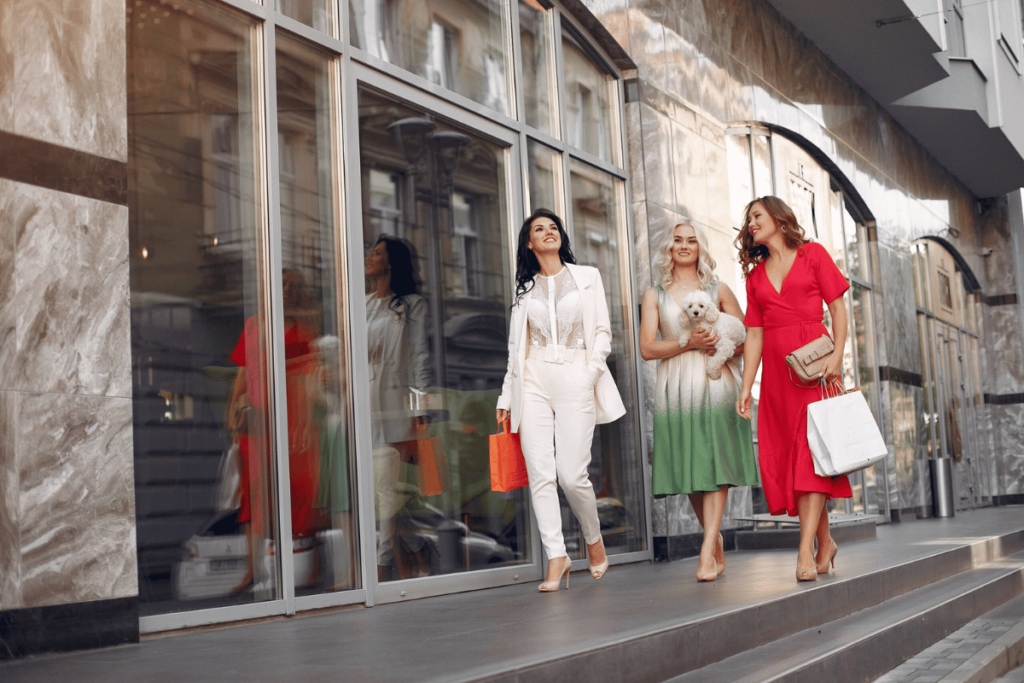
In today’s digital age, adding interactive elements such as digital screens or QR codes to your store’s exterior can uniquely engage customers. These features provide extra information or incentives, potentially driving more foot traffic.
Lastly, use people-counting sensors to measure the effectiveness of your tactics. The sensors count the number of people who pass by your storefront. Analyze why some potential customers who return do not enter, and optimize your product placements accordingly. Use data-driven insights to shape your storefront layout and increase foot traffic.
Conclusion
In conclusion, while the primary factors directing foot traffic in retail stores are significant, these finer and often hidden details can significantly improve the customer experience and can encourage more visitors. Retailers can create a warm and appealing environment that will attract customers and keep them by paying attention to store layout, lighting, sensory marketing, staff engagement, and window displays. Adopting these subtle but effective elements can be the key to success in a competitive retail environment.
In addition to these formulas, it has been proven that people counting systems are also a very effective tool in applying these formulas and finding new methods. Start using V-Count solutions to increase your foot traffic and conversion rates right away. Don’t forget to book a free demo for detailed information!


